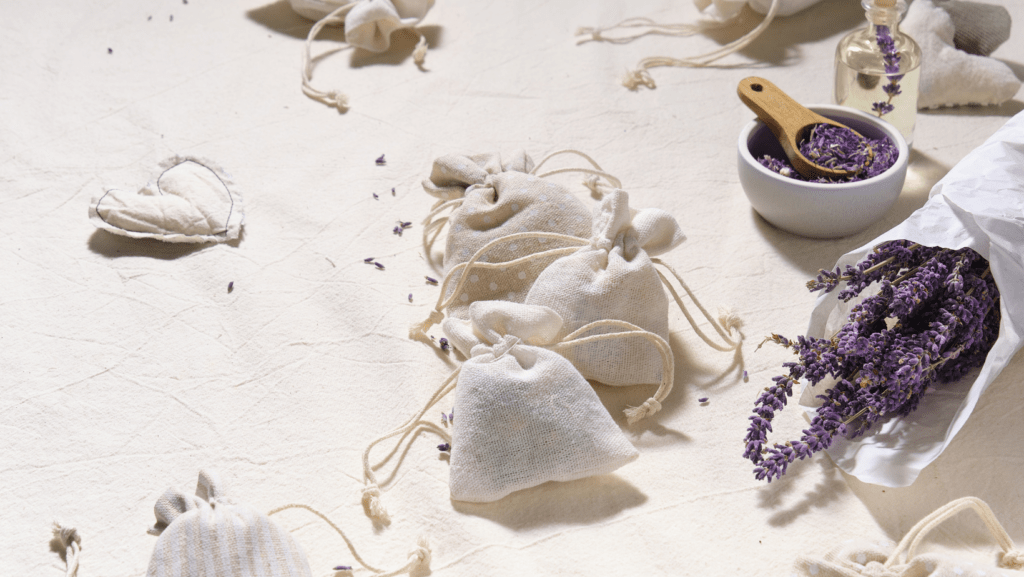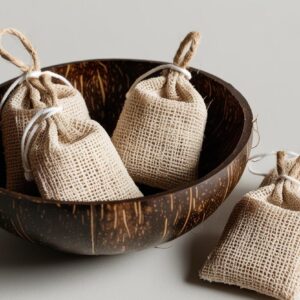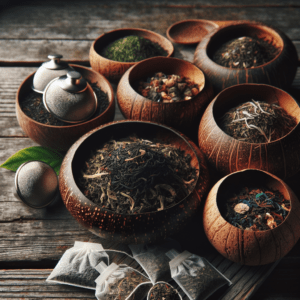Avoid these pitfalls to enhance your tea-drinking experience.
5 Common Mistakes When Using Reusable Tea Bags
Many tea drinkers make common mistakes that can ruin their brew. This post highlights five mistakes and how to avoid them.
5 Common Mistakes When Using Reusable Tea Bags
Reusable tea bags are an eco-friendly and cost-effective way to enjoy your favorite teas while reducing waste. Whether you’re a seasoned tea enthusiast or just starting your journey into the world of loose-leaf tea, reusable tea bags are a fantastic tool. However, like any reusable product, they come with their own set of dos and don’ts. To help you get the most out of your tea-drinking experience, let’s dive into five common mistakes people make when using reusable tea bags—and how to avoid them.
1. Overfilling the Tea Bag
One of the most common mistakes is stuffing too much tea into the bag. While it may be tempting to add an extra scoop of leaves for a stronger brew, overfilling can prevent the tea leaves from expanding properly. Loose-leaf tea needs room to unfurl and release its full flavor profile, and cramming too much into a small space can lead to a weak or uneven brew.
How to Avoid It:
Stick to the recommended amount of tea for your type of brew—usually 1 to 2 teaspoons per cup, depending on the tea variety. If you’re looking for a bolder flavor, try steeping the tea longer rather than overloading the bag.
2. Using the Wrong Type of Tea
Not all teas are created equal when it comes to reusable tea bags. Some teas, like finely ground ones (e.g., matcha or powdered teas), can seep through the fabric or mesh of the bag, leaving sediment in your cup. On the flip side, large herbal blends with chunky ingredients might not fit well in smaller bags.
How to Avoid It:
Choose teas that work well with your particular reusable bag. Fine-mesh or tightly woven bags are better for smaller tea particles, while larger bags are ideal for whole-leaf teas and herbal blends. If you’re unsure, test a small batch first to see how well it brews.
3. Improper Cleaning
Reusable tea bags require regular cleaning to prevent residue buildup and lingering flavors from previous brews. Some people make the mistake of simply rinsing the bag with water and calling it a day. Over time, this can lead to unpleasant odors or even mold growth.
How to Avoid It:
After each use, empty the contents of your tea bag and rinse it thoroughly under running water. For a deeper clean, soak it in hot water with a bit of baking soda or vinegar once a week. If your bag is machine washable (check the manufacturer’s instructions), toss it in with your laundry occasionally to keep it fresh and odor-free.
4. Steeping for Too Long (or Too Short)
Timing is everything when it comes to brewing tea. Leaving your reusable tea bag in the water for too long can result in a bitter or overly strong brew, while steeping for too short a time might leave your tea underwhelming and bland.
How to Avoid It:
Follow the recommended steeping times for your type of tea. For example:
- Green tea: 2-3 minutes
- Black tea: 3-5 minutes
- Herbal tea: 5-7 minutes
Set a timer if needed, and adjust based on personal preference after experimenting with different steeping durations.
5. Neglecting to Dry the Bag Properly
After cleaning, many people forget to dry their reusable tea bag completely before storing it. Damp bags can become breeding grounds for bacteria and mold, which is the last thing you want near your next cup of tea.
How to Avoid It:
After rinsing or washing your tea bag, hang it up or lay it flat in a well-ventilated area to dry completely before storing it. If you’re in a hurry, gently pat it dry with a clean towel and leave it out for a bit longer to air-dry.
Final Thoughts
Reusable tea bags are an excellent way to enjoy your daily cuppa while being kind to the planet—but only if you use them correctly! By avoiding these common mistakes, you’ll ensure that every brew is as delicious as it is sustainable. Take care of your tea bags, experiment with different teas, and most importantly, savor every sip. Cheers!




